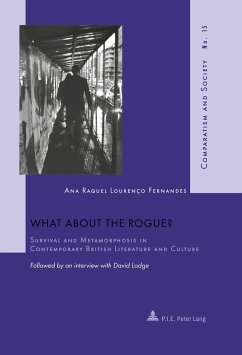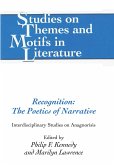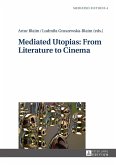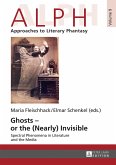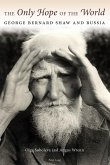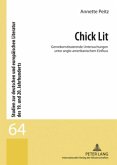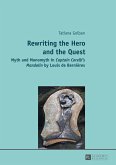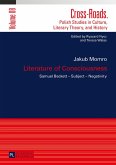This book has been shortlisted for an ESSE book award 2012 in Literatures in the English Language, Junior Scholars.
This book gives an account of the significance of the rogue in contemporary British literature and culture, focusing on this character's survival and metamorphosis from the second half of the 20th century onwards. While the character of the rogue is most often associated with the 16th and 17th centuries, the author focuses on contemporary literary texts, as well as cinematographic adaptations. She discusses the revival of the rogue mainly in the 1950s, adopting a comparative approach, establishing connections to other fields of representation besides literature.
Thus, the originality of this book lies in its interdisciplinary nature. The focus on contemporary writers who have put the character of the rogue at the forefront in their works, particularly Martin Amis and Irvine Welsh, and the author's awareness of the socio-political circumstances in which the books were written, adds substantially to our understanding of the rogue character.
This book gives an account of the significance of the rogue in contemporary British literature and culture, focusing on this character's survival and metamorphosis from the second half of the 20th century onwards. While the character of the rogue is most often associated with the 16th and 17th centuries, the author focuses on contemporary literary texts, as well as cinematographic adaptations. She discusses the revival of the rogue mainly in the 1950s, adopting a comparative approach, establishing connections to other fields of representation besides literature.
Thus, the originality of this book lies in its interdisciplinary nature. The focus on contemporary writers who have put the character of the rogue at the forefront in their works, particularly Martin Amis and Irvine Welsh, and the author's awareness of the socio-political circumstances in which the books were written, adds substantially to our understanding of the rogue character.

